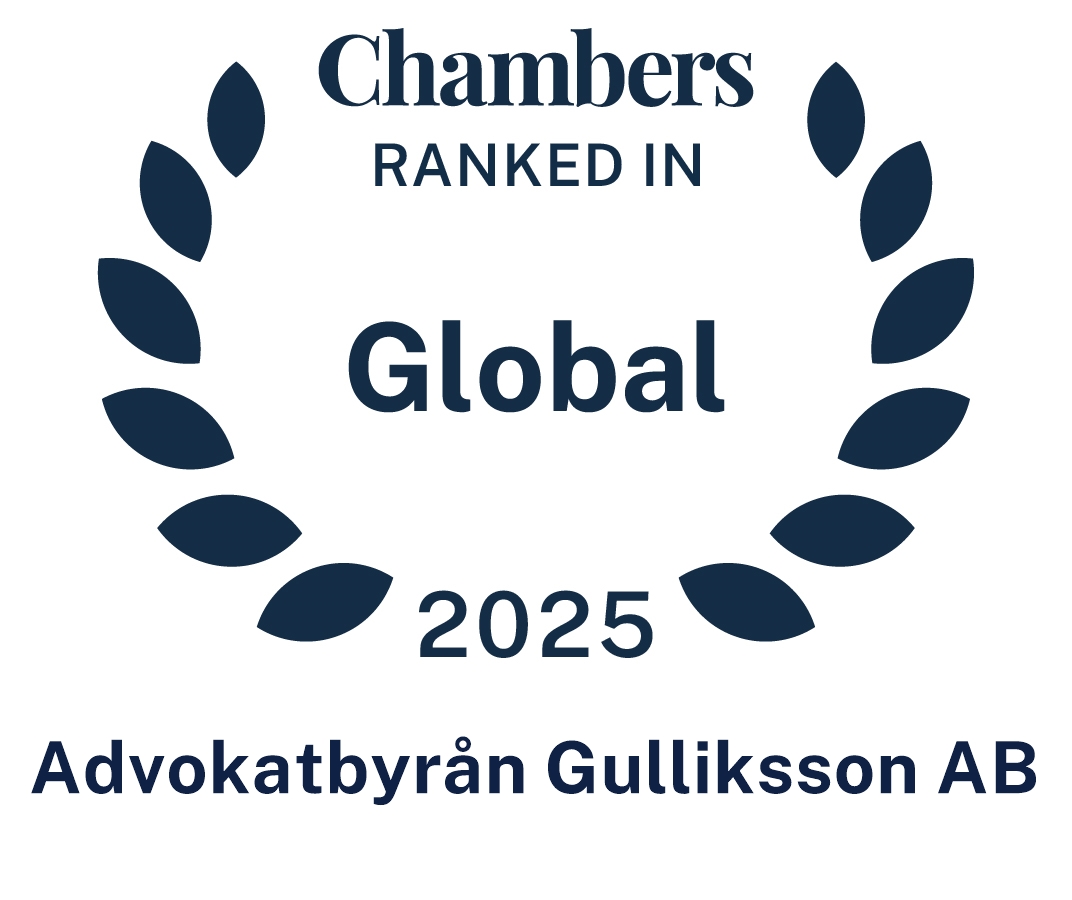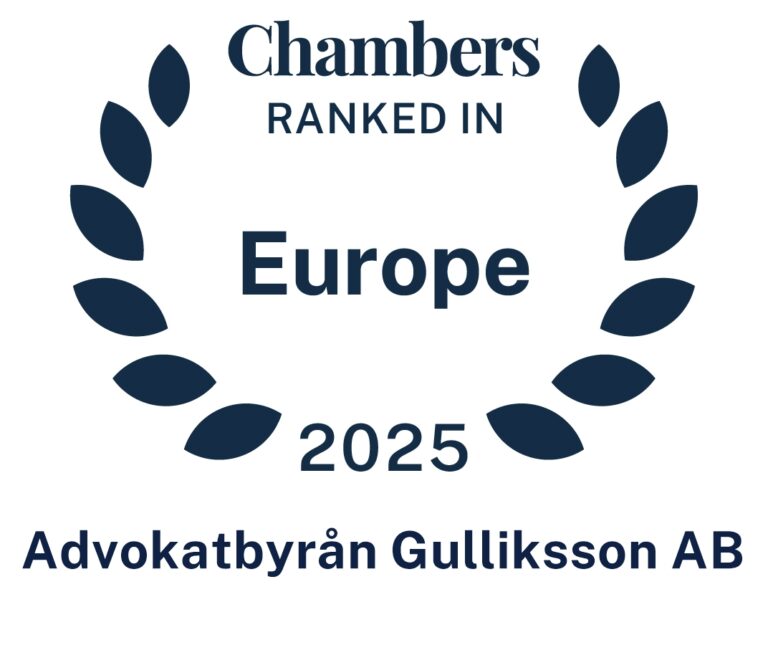Having a very successful trademark comes with certain risks, one of which being the risk of the trademark becoming too strongly associated with the product and the trademark becoming the general description for the product category. If so, the exclusive right to use the trademark can be lost.
What is generification and how does it affect a trademark?
It happens that a trademark becomes the general term for a specific kind of product or service. Everyday words like cellophane, escalator, linoleum and trampoline started as trademarks. Under EU regulations, a trademark is regarded as genericized if it can be established that the trademark is not capable of differentiating the goods or services in question from those of other undertakings. For example, if you enter a sporting goods store and ask for a trampoline, you probably do not have a product of the brand Trampoline in mind, and the store does not interpret that you do. The trademark Trampoline thereby lacks the capability of differentiating a Trampoline brand trampoline from other trampolines, and the trademark has thereby become genericized for the product category trampolines.
When a trademark becomes genericized, it possible for anybody, including competitors, to use the trademark for the goods or services in question, and if the trademark is registered, it can be revoked.
Measures to avoid generification
From a marketing and economic perspective, it would of course be very pleasing to find your product becoming so popular that the use of your trademark makes people think instantly of a specific product of yours, and, moreover, if they wish to find a product of the same category, they use your trademark. As explained above, this could unfortunately lead to you losing the valuable exclusive right to your trademark.
How can you try to avoid generification? Let’s make an example.
You have just invented a hovering skateboard and you are the only one who knows how to make one, and for some inexplicable reason you choose to market it under the trademark “Milky”. Given these circumstances, and provided that your product is very successful, there’s a risk that Milky becomes the public’s generic name for hover boards, which may result in other future manufacturers being able to also name their hover boards Milky. To avoid this, the following measures are recommended.
- When describing the product, always use your trademark as an adjective together with a generic name for the product: Instead of advertising “Buy your Milky today”, you should e.g. write “Buy your Milky hovering skateboard today”. Further, try to use a short and somewhat catchy generic name for the product. If you would call it the “Milky self-sustaining leg-powered pleasure vehicle”, the common person would probably lean towards just using Milky.
- Never use your trademark as a verb: Don’t explain “the pleasures of Milkying your way to work”, instead use e.g. “the pleasures of hovering to work on your Milky hover board”.
- Don’t use your trademark in plural. If you need to use a plural, instead add a generic name in plural: Avoid “we have developed two new Milkys” and instead write e.g. “we have developed two new Milky hover boards”.
- Decide on a trademark form that should always be used, even in written text, e.g. always use the trademark with a capital first letter or all in capital letters, use a specific font or only a logotype: “When assembling your Milky hover board […]”, “When assembling your MILKY hover board […]” or “When assembling your MILKY hover board […]”.
- Those who allow themselves to be inspired by how things are done on the other side of the Atlantic can consider adding a TM or ® to the trademark.
- Develop guidelines for trademark usage within the Milky organization and incorporate the points above. In addition, ensure that the organization follows the guidelines.
These recommendations of course apply to services as well. If Milky were to be used as the trademark for a payment service, you should not call payments Milkys and not encourage users to “Milky a friend for the beer”.
It should be noted that the strategies are not of any direct legal significance. Instead, they aim at actually preventing the trademark from becoming descriptive for the product or service category, and they do not leave any guarantee for your trademark not becoming genericized.
Examples of genericized trademarks
If you are interested in more examples of genericized trademarks, Wikipedia provides a list of supposedly genericized trademarks here:
https://en.wikipedia.org/wiki/List_of_generic_and_genericized_trademarks
Interested in discussing trademark strategies or any other aspects of intellectual property? Please do not hesitate to contact me or anyone of my colleagues.






